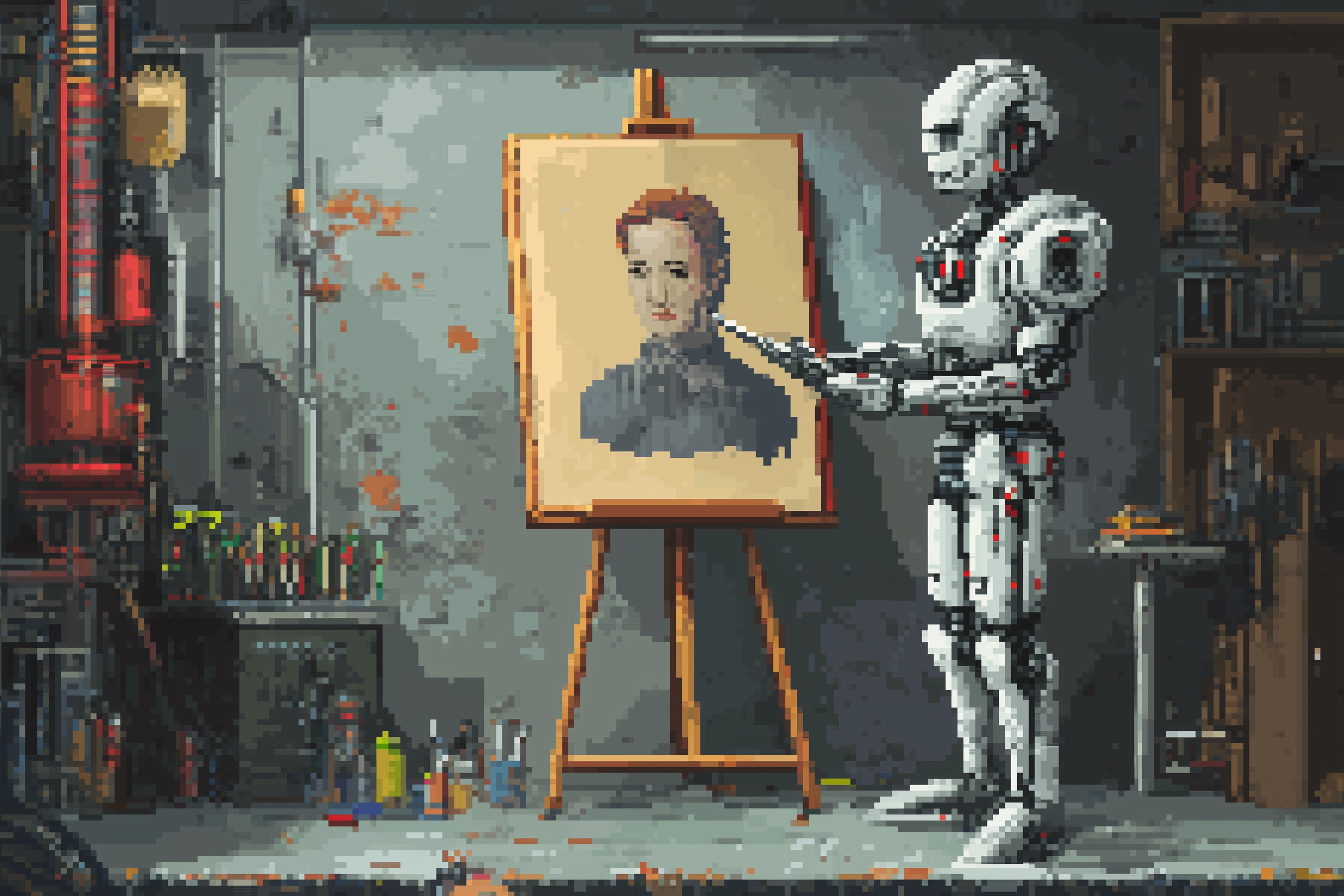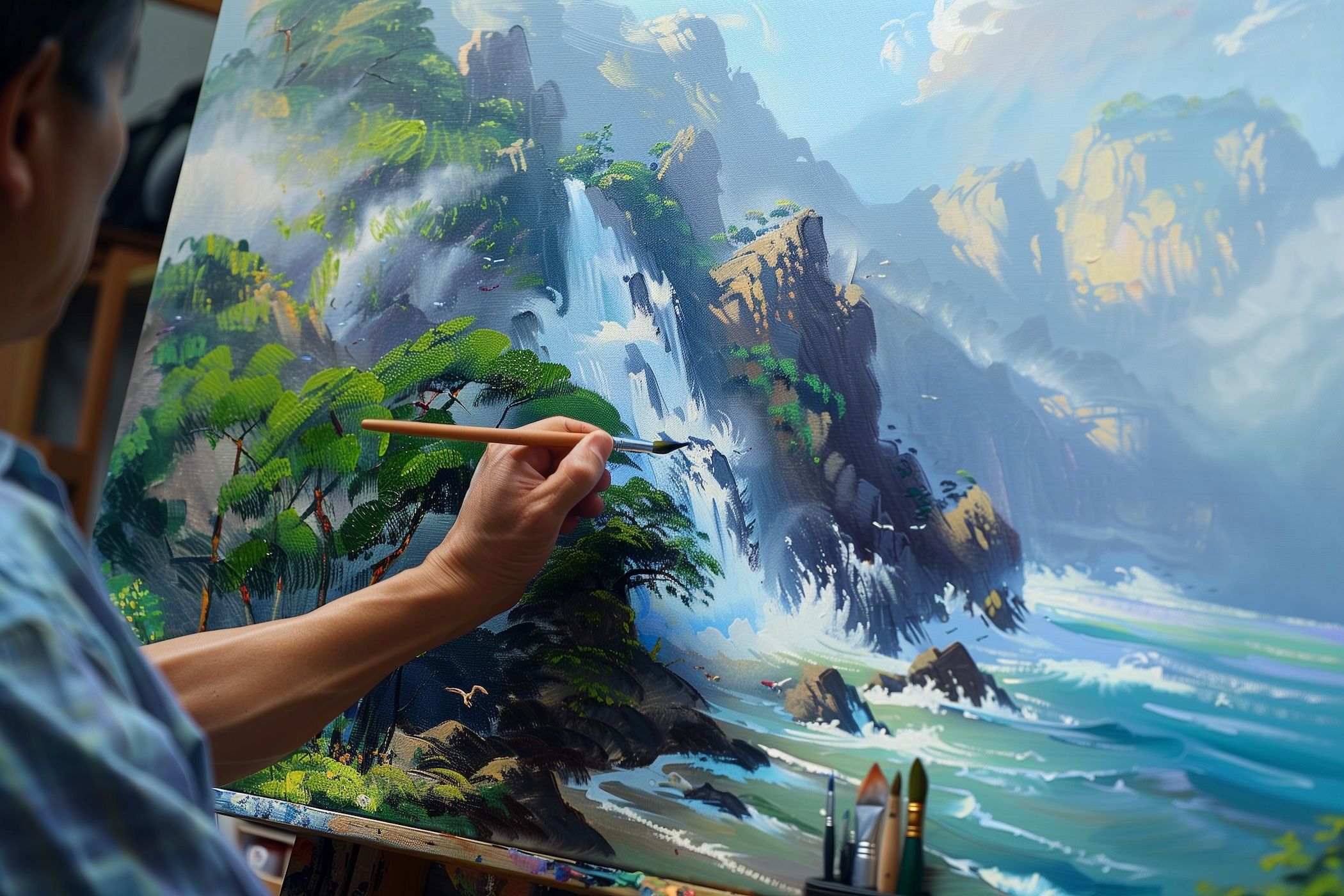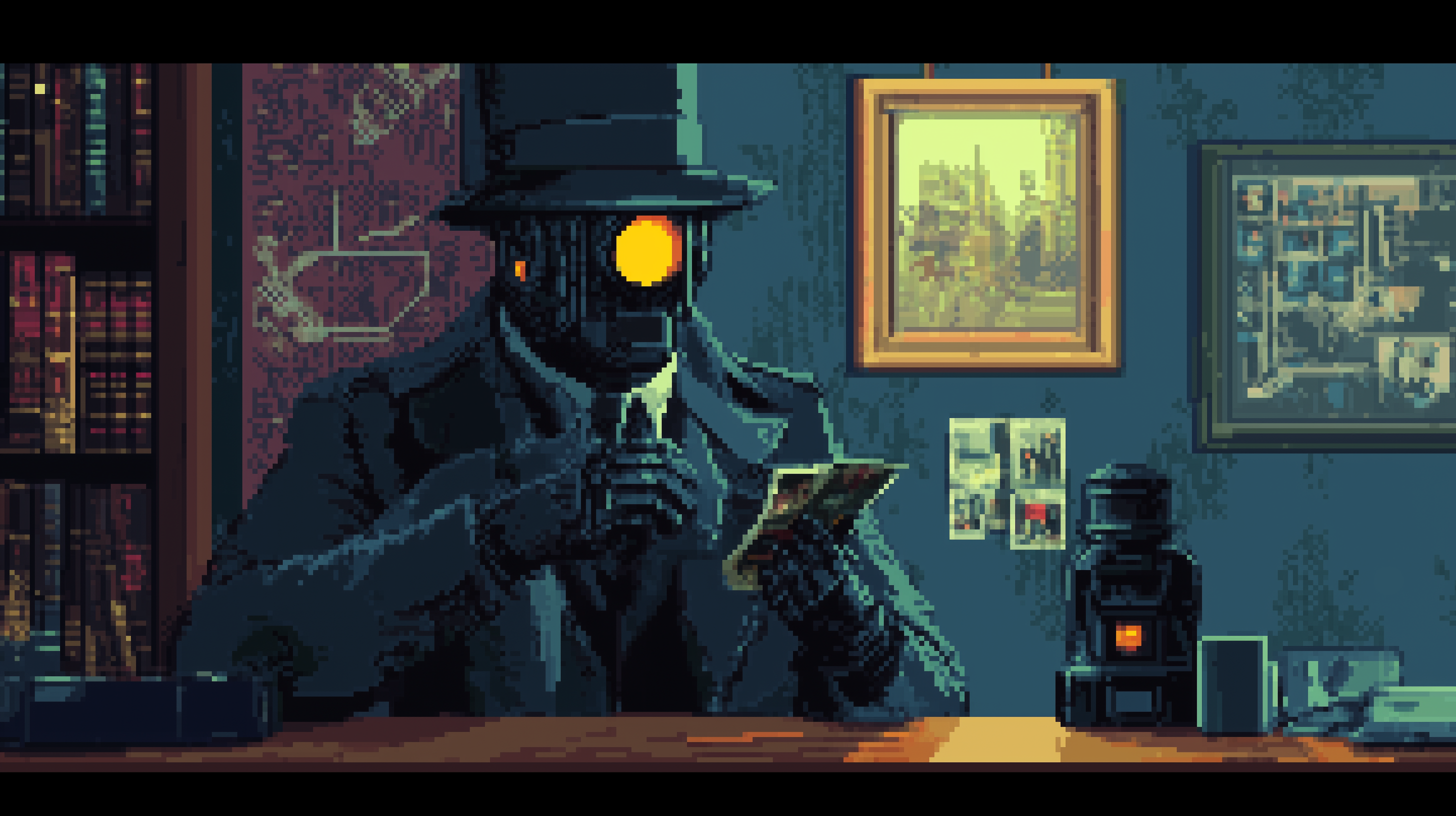Summary
- Google’s Try On feature lets you virtually try on clothes.
- Google has made it clear that the tool doesn’t use the uploaded image to train its AI models
- The Try On feature can be misused to generate fake images.
Google made a lot of exciting announcements at its 2025 annual conference, but the one that grabbed my attention was the Try On feature. While it can definitely help you decide whether to buy a dress you see online, there is a big privacy concern with this feature that you need to be aware of.
What Is Google’s “Try On” Feature?
Before I discuss my concerns with Google’s new Try On feature, let’s first take a look at what this feature actually is and how to enable it on your device. Try On is one of the many AI features that Google announced at Google I/O 2025. It is essentially a shopping feature and can also be considered an expansion of the Virtual Try-On feature that the company introduced back in 2023.
The Try On feature allows you to see whether the dress you’re considering online will look good on you. The feature is currently available only in Google Search Labs, and only for users who live in the US. To enable it, you need to open the Google app on your smartphone, tap the beaker icon in the top-left corner, select “Try On,” and turn on the “Turn This Experiment on or Off” toggle.
After that, tap the “Try Things On” option. In the Google Shopping window, select a piece of clothing of your choice and tap “Upload.” Now, upload a clear, full-length photo of yourself. Once you’ve done that, Google will take a few seconds and then show your photo wearing the selected clothing. You can easily browse different outfits you find online and tap the “Try It On” option to see how each outfit will look on you.
However, in my testing, I found that the option doesn’t appear everywhere. I also couldn’t find any information about when and on which clothes this option will appear, and on which it will not.
Anyway, here are a few results of me trying different outfits with the help of the Try On feature.
The results are quite impressive; however, it’s worth mentioning that sometimes the AI changes the face structure and a few other elements in the image. Apart from that, the results definitely fulfill the main purpose of this feature—to show how a dress will look on you.
Is There a Major Privacy Concern With This Feature?
While AI tools like Try On are designed to make things easier for you, they all come with big privacy concerns. When you use these tools, they’re likely collecting all the data you submit and using it to train their models. Whether it’s images, text, or video—whatever you upload to these AI tools—they will very likely use it for training purposes.
For instance, all the posts and interactions you make on X are used to train Grok, a chatbot developed by xAI. Fortunately, many AI companies, including xAI, give you the option to prevent your data from being used for AI training.
This was one of the first thoughts that came to my mind upon using Google’s Try On feature. While every other company is looking for new sources of data, wouldn’t Google use the image I upload for the Try On feature to train its AI models? Surprisingly, it’ll not!
Addressing this privacy concern, a Google spokesperson told CNET, “Your uploaded photo is never used beyond trying things on virtually, nor is your photo used for training purposes. It is not shared with other Google products, services, or third parties, and you can delete or replace it at any time.”
So, that makes it clear that Google is not going to use the photo we upload for data training—but that wasn’t my main concern.

Related
The Feature Could Be Abused
The reason I am a bit skeptical about Google’s Try On feature is that it allows anyone to upload someone else’s image and make them appear in any clothing. Depending on what sort of image was created, it could damage the reputation of the person involved, or be used to harass them in some way.
For instance, a mischievous friend could upload your photo and use the Try On feature to make you appear in unflattering or unconventional clothing.
This situation could be especially problematic if it is used to make someone wear inappropriate or revealing clothing using this feature. Those images could then be shared on social media, for blackmail, or for catfishing.

Related
How to Create High-Quality AI Images: Tips for Prompt Crafting
Crafting AI prompts for image generation is easier than you think.
Google definitely needs to take steps to address this problem before the feature gets a more widespread public release. Otherwise, don’t be surprised to see social media flooded with more AI-generated fake images.

